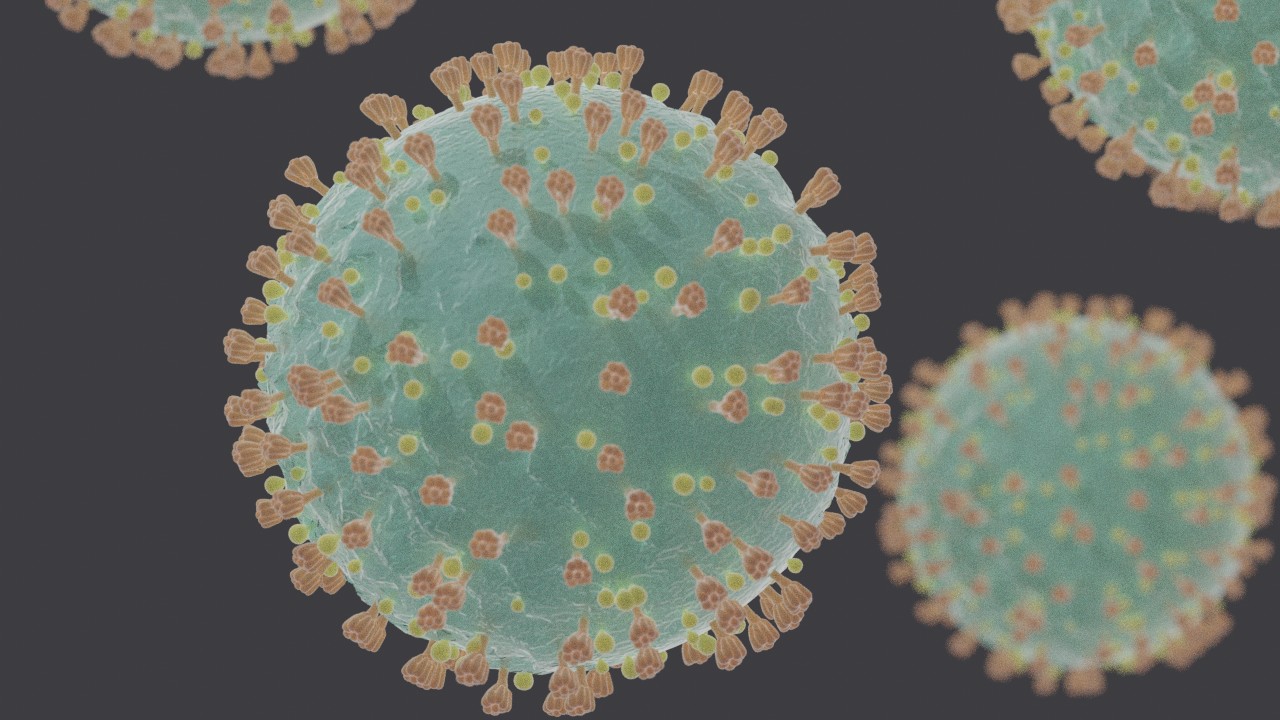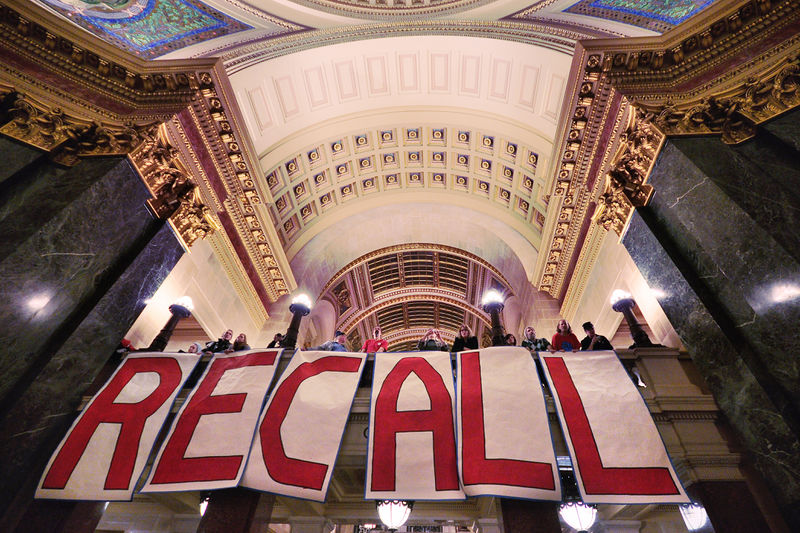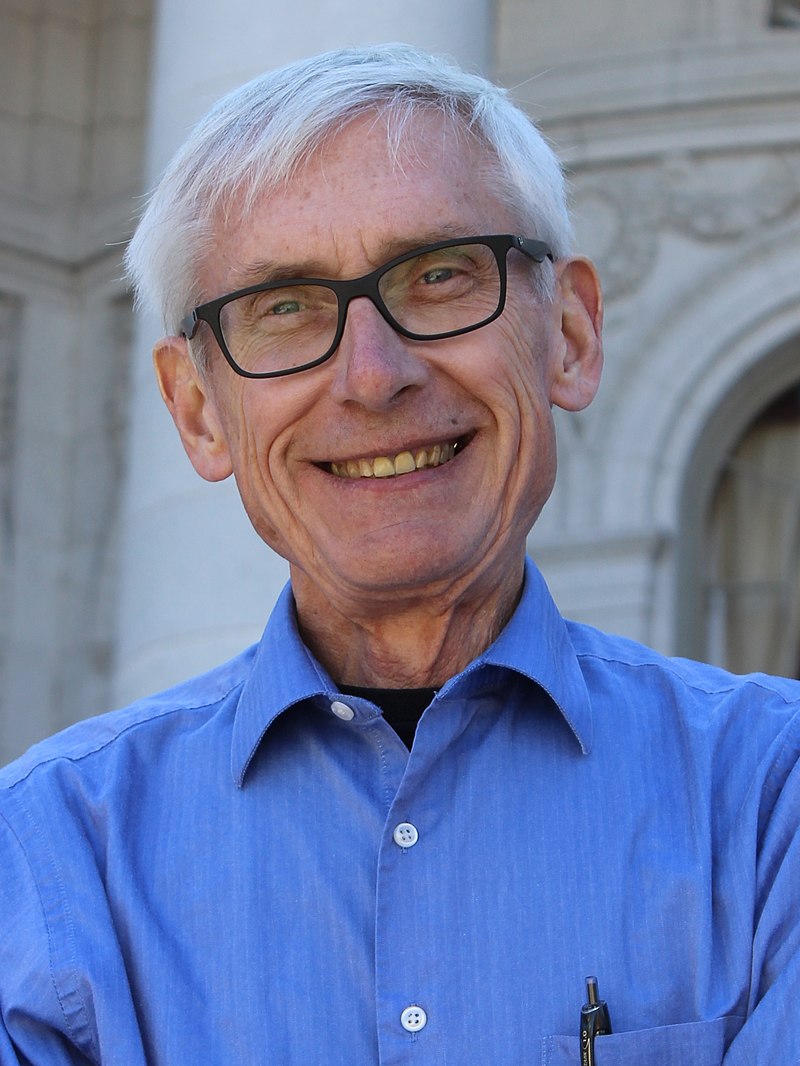Tag: government
-
A look back at government responses to the coronavirus pandemic, August 10-14, 2020

Although the first case of COVID-19 in the U.S. was confirmed on Jan. 21, 2020, it wasn’t until March when the novel coronavirus upended life for most Americans. Throughout the year, states issued stay-at-home orders, closed schools, restricted travel, issued mask mandates, and changed election dates. Here are the policy changes that happened August 10-14,…
-
A look back at government responses to the coronavirus pandemic, April 6-10, 2020

Although the first case of COVID-19 in the U.S. was confirmed on Jan. 21, 2020, it wasn’t until March when the novel coronavirus upended life for most Americans. Throughout March and April, states issued stay-at-home orders, closed schools, restricted travel, and changed election dates. Many of those policies remain in place today. Here are the…
-
1.19 million signatures verified in Newsom recall

On March 19, the California Secretary of State’s office released an update on signature verification in the effort to recall Gov. Gavin Newsom (D). According to the official report, 1.834 million signatures were turned in through March 11. Of those, 1.188 million were deemed valid. Another 380,060 signatures remain unprocessed. At least 1,495,709 signatures must…
-
Effort to recall Wisconsin Gov. Tony Evers fails to collect enough signatures

The chief organizer behind an effort to recall Wisconsin Gov. Tony Evers (D) told supporters on Monday that the effort had failed to collect enough signatures to require a recall election. Chief organizer Misty Polewczynski wrote in a Facebook post about the failed recall effort on October 26, “It is with a heavy heart we…
-
Coronavirus Daily Updates: May 12th, 2020
As part of Ballotpedia’s coverage on the coronavirus pandemic, we are compiling a daily summary of major changes in the world of politics, government, and elections happening each day. Here is the summary of changes for May 12, 2020. State stay-at-home orders Read more: States with lockdown and stay-at-home orders in response to the coronavirus…

